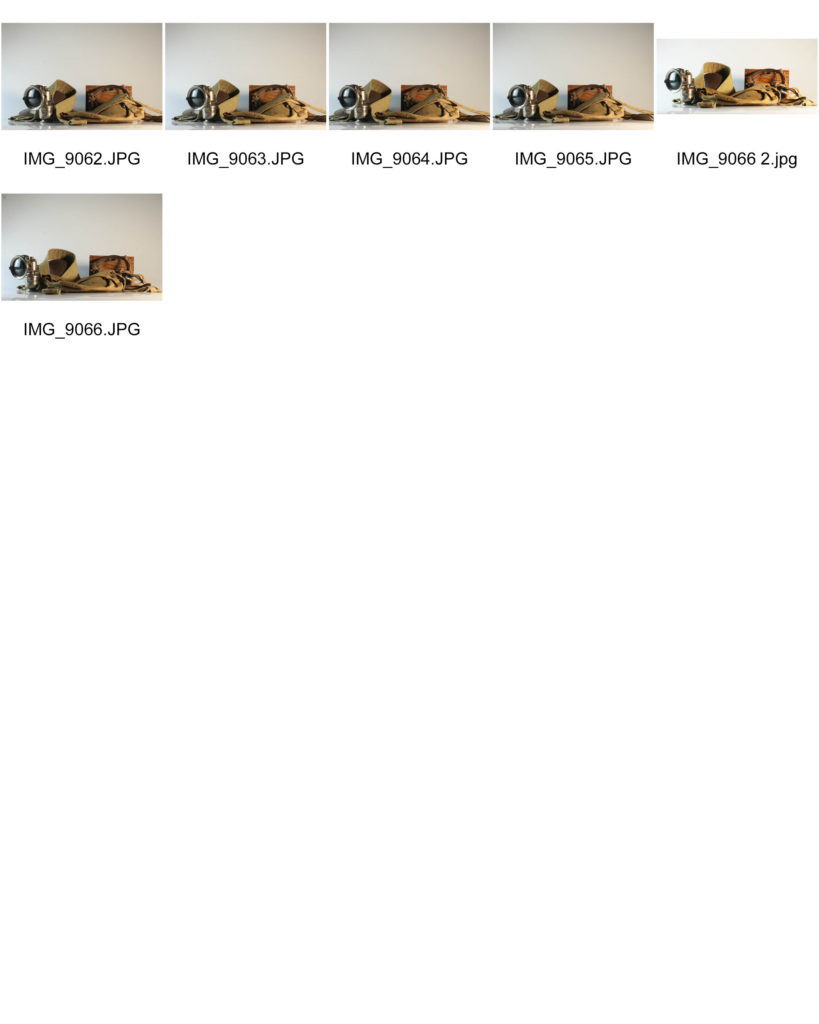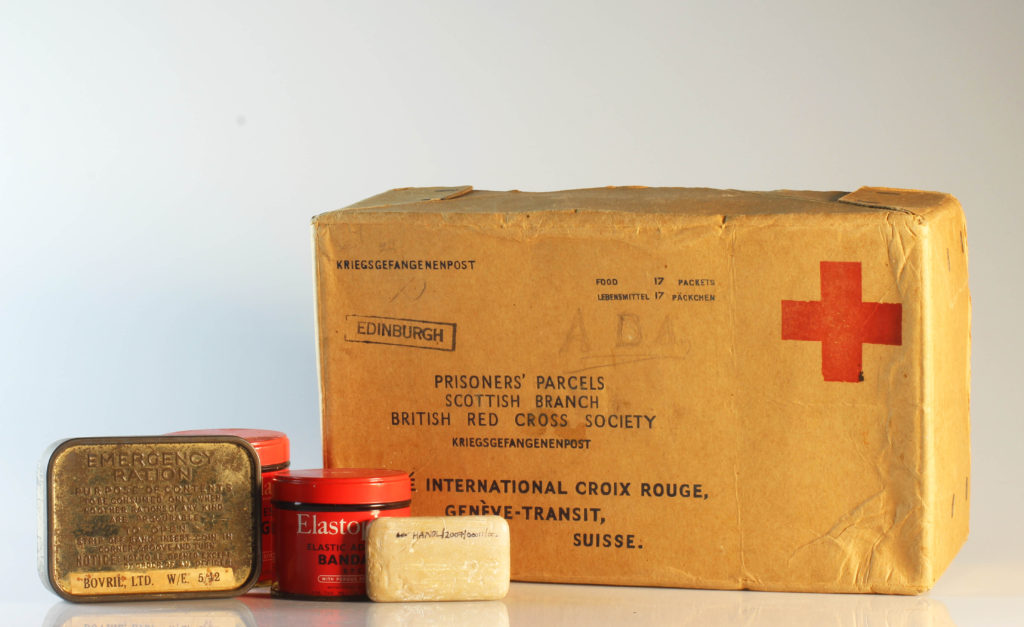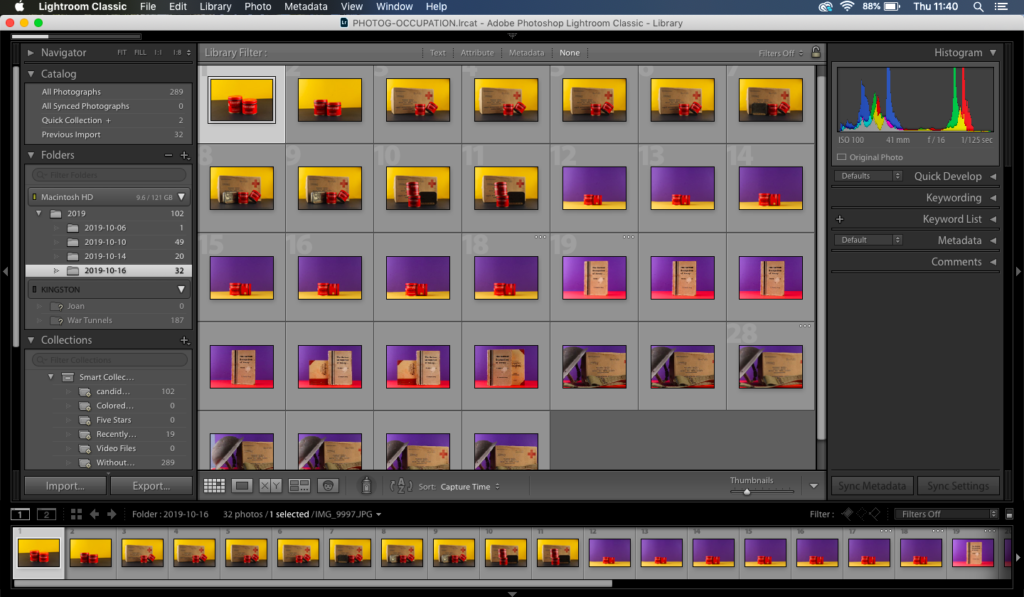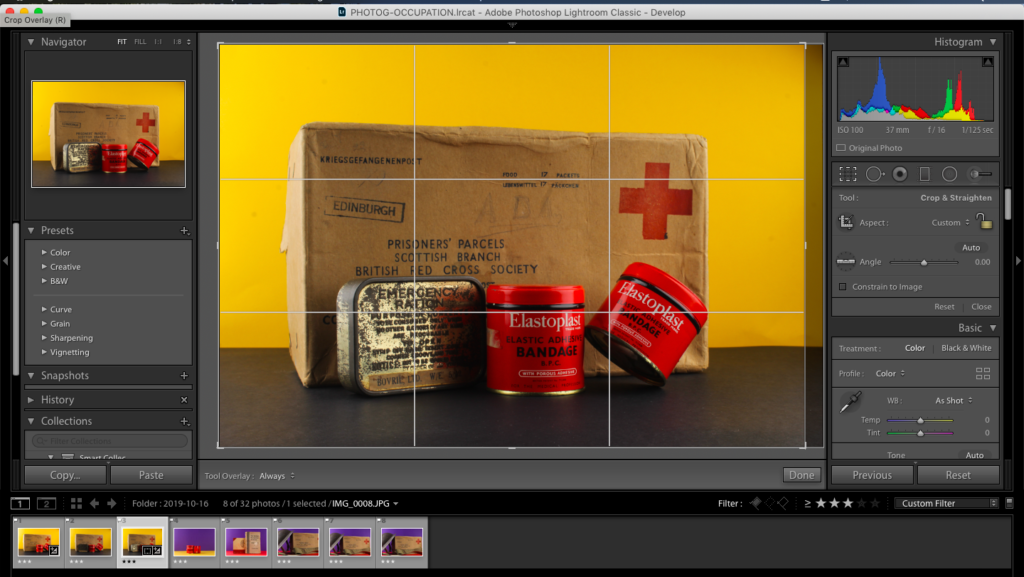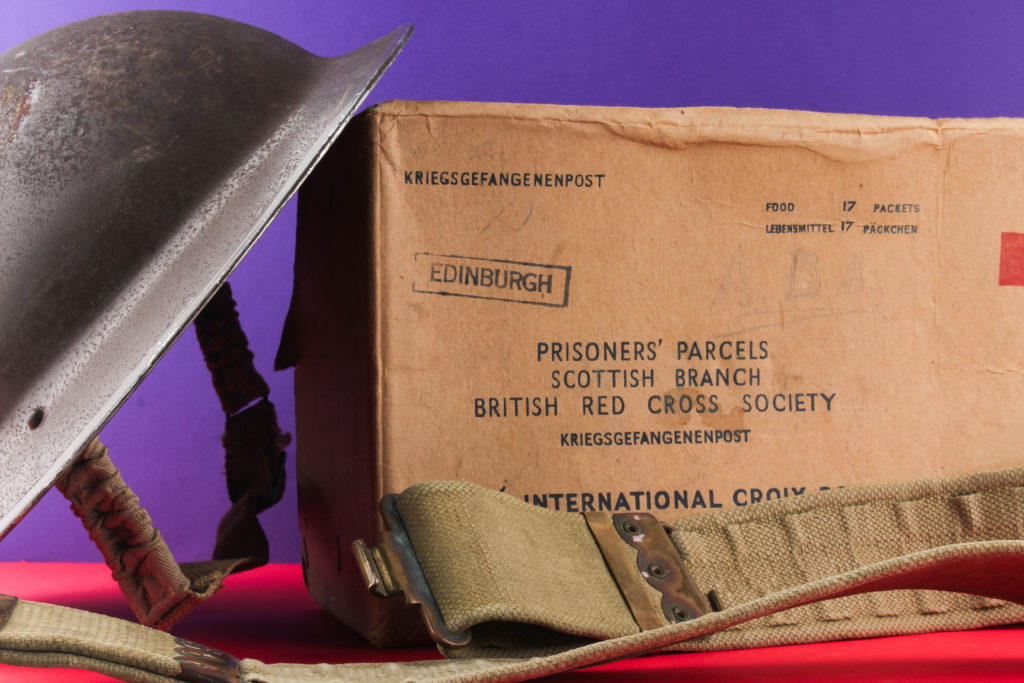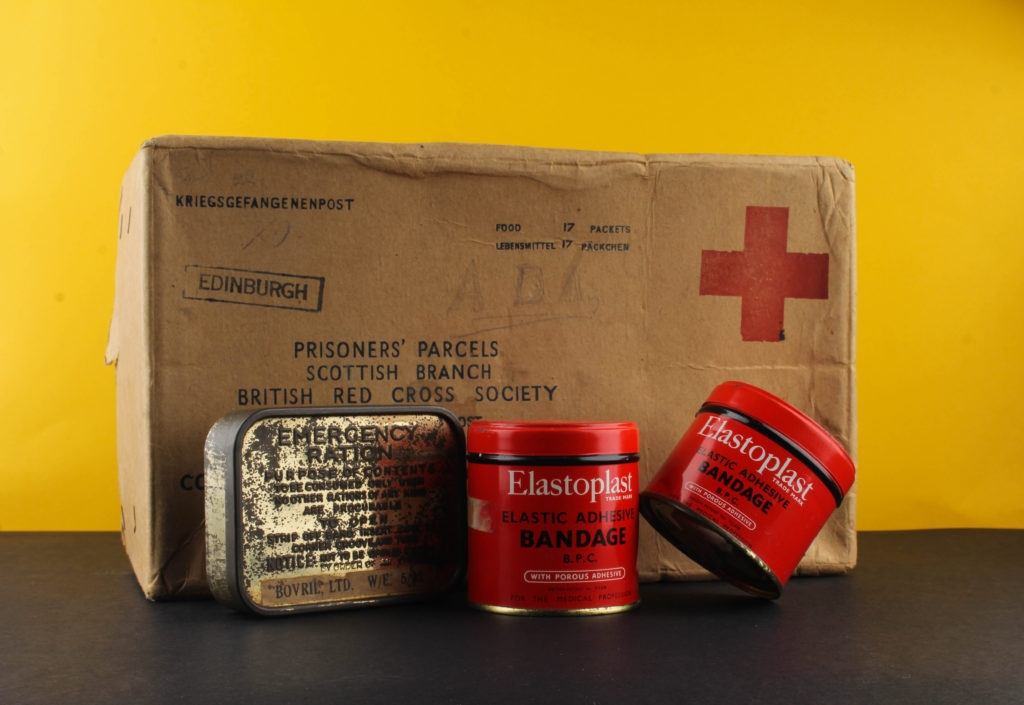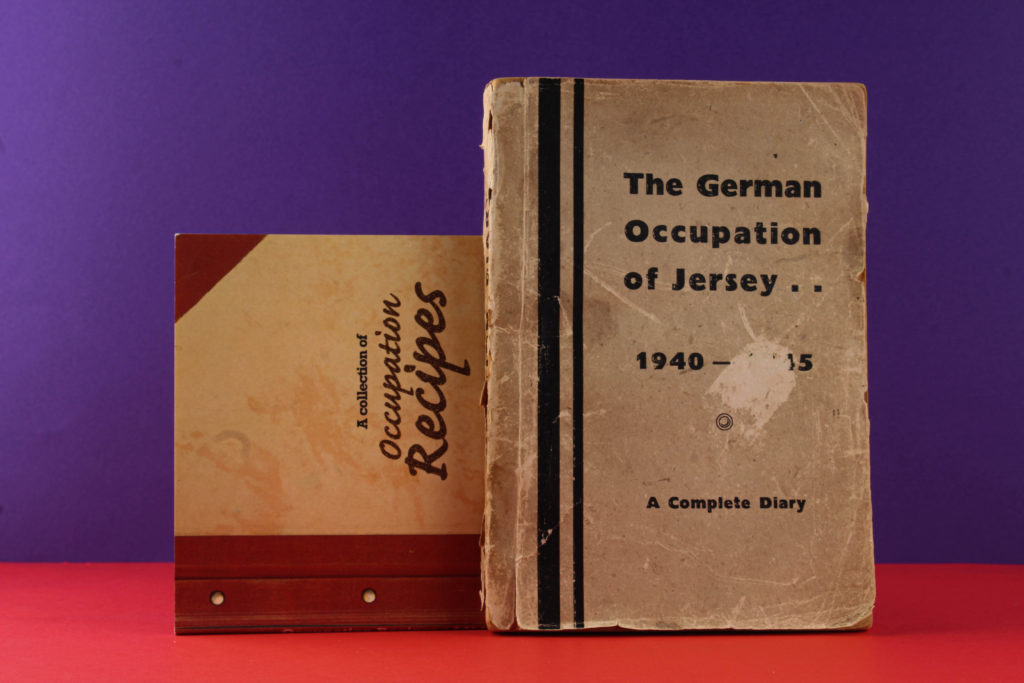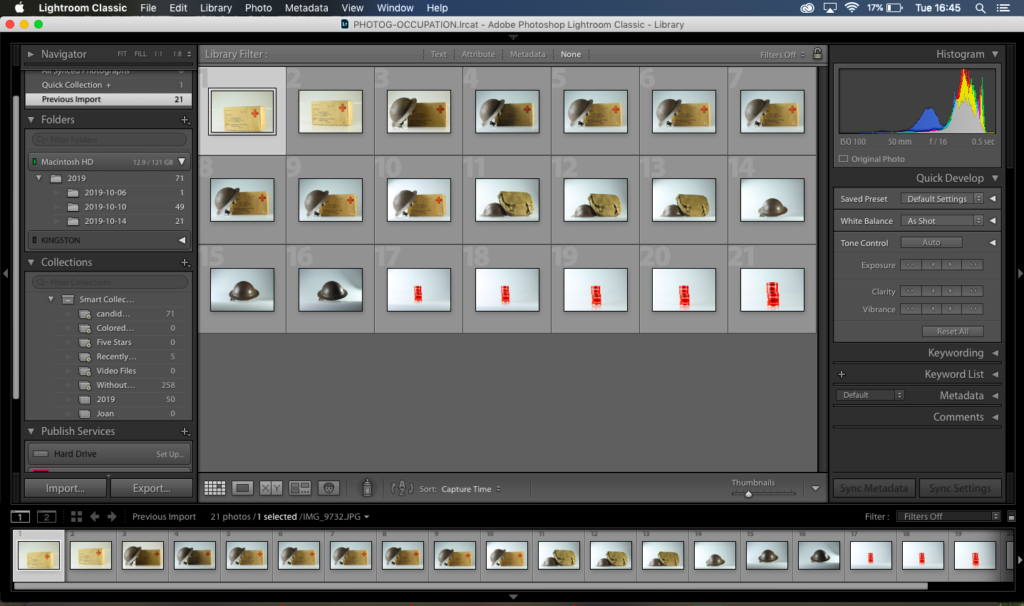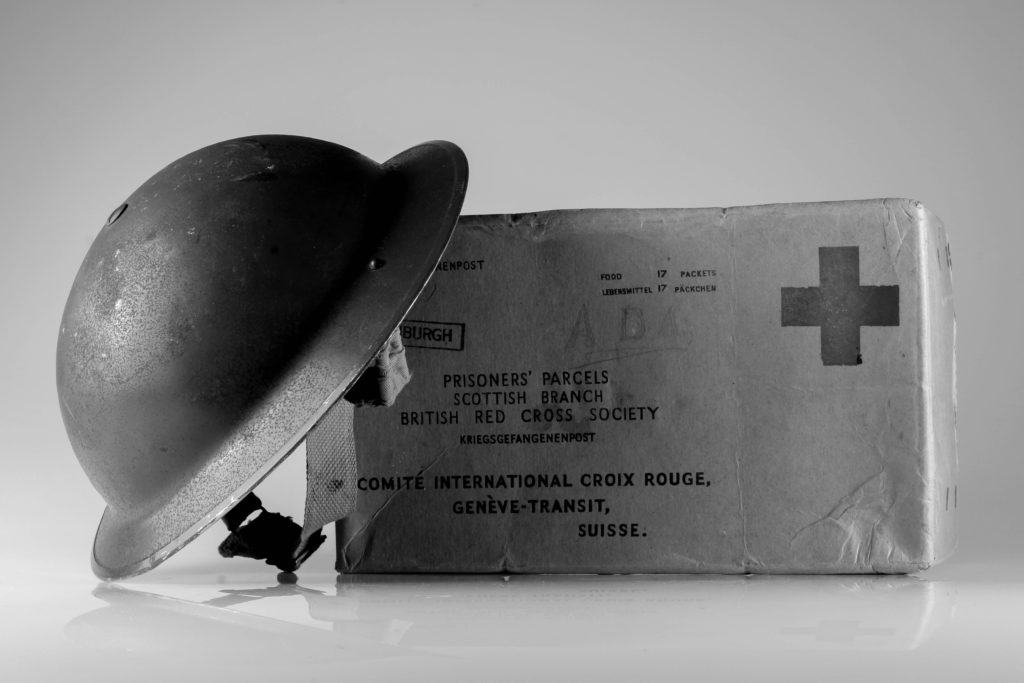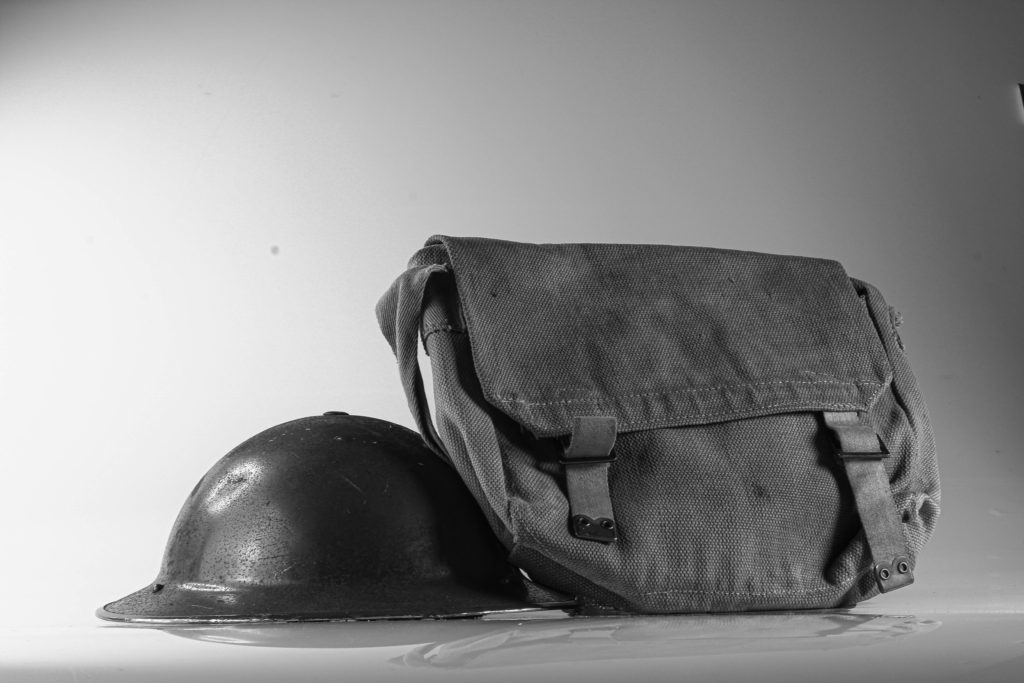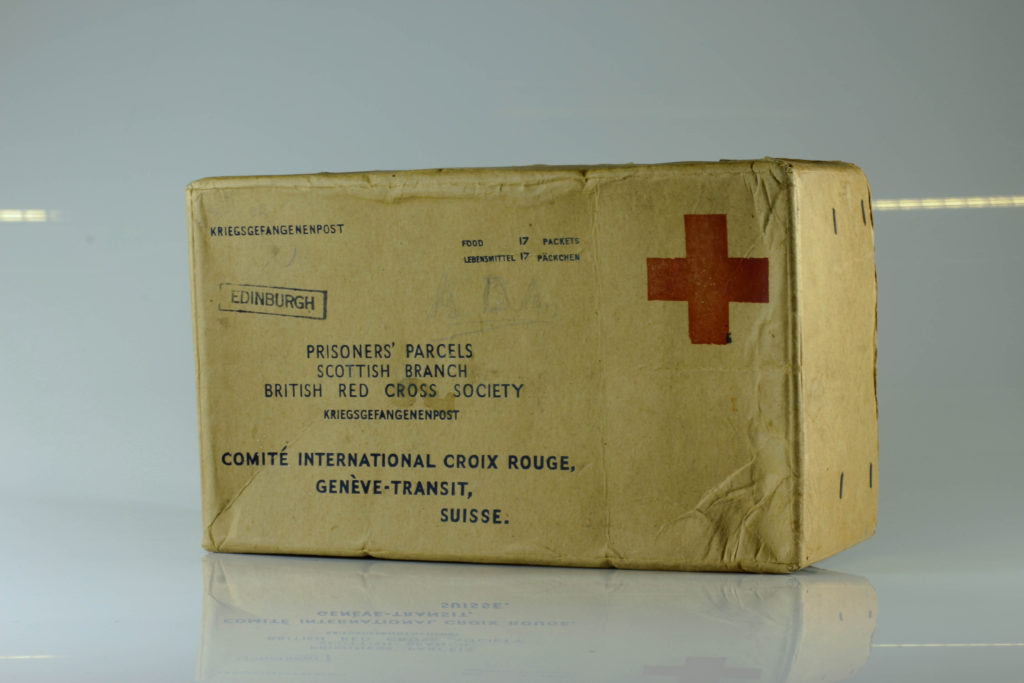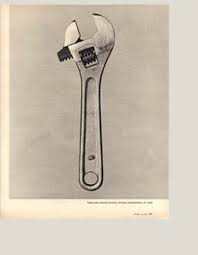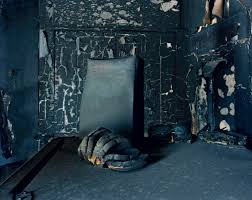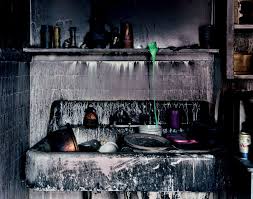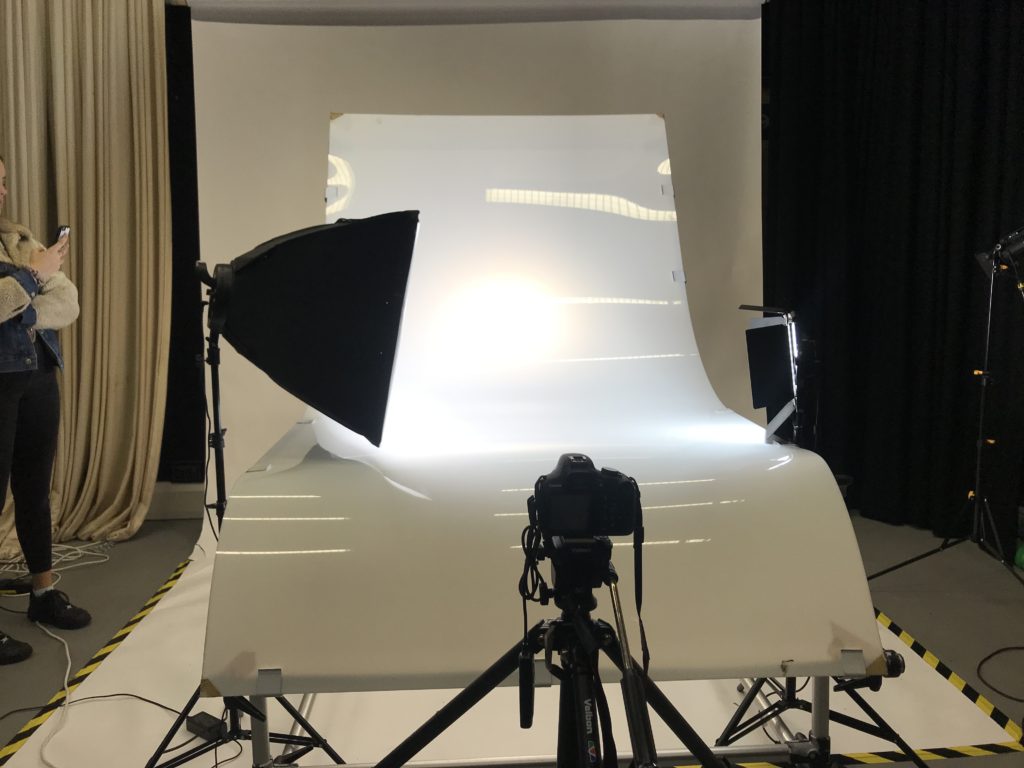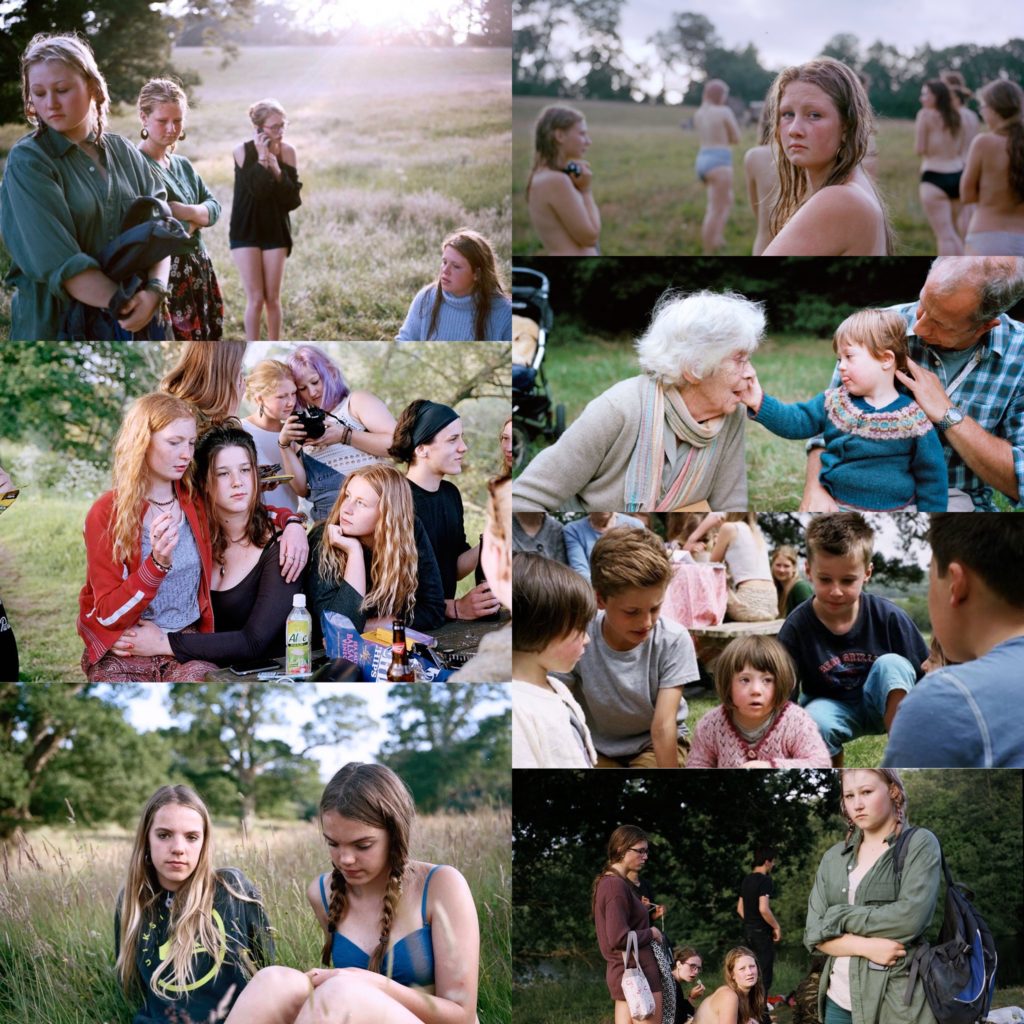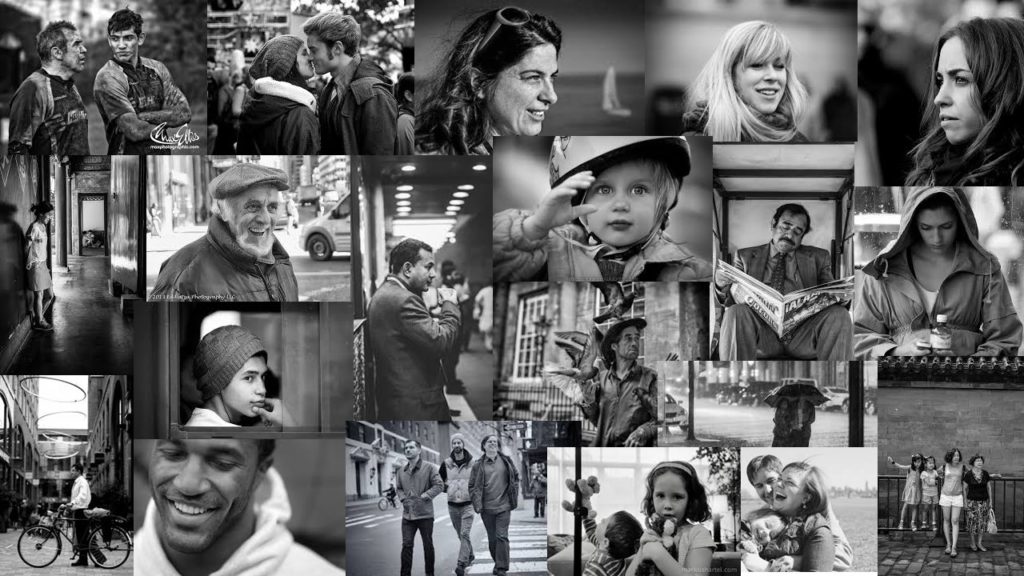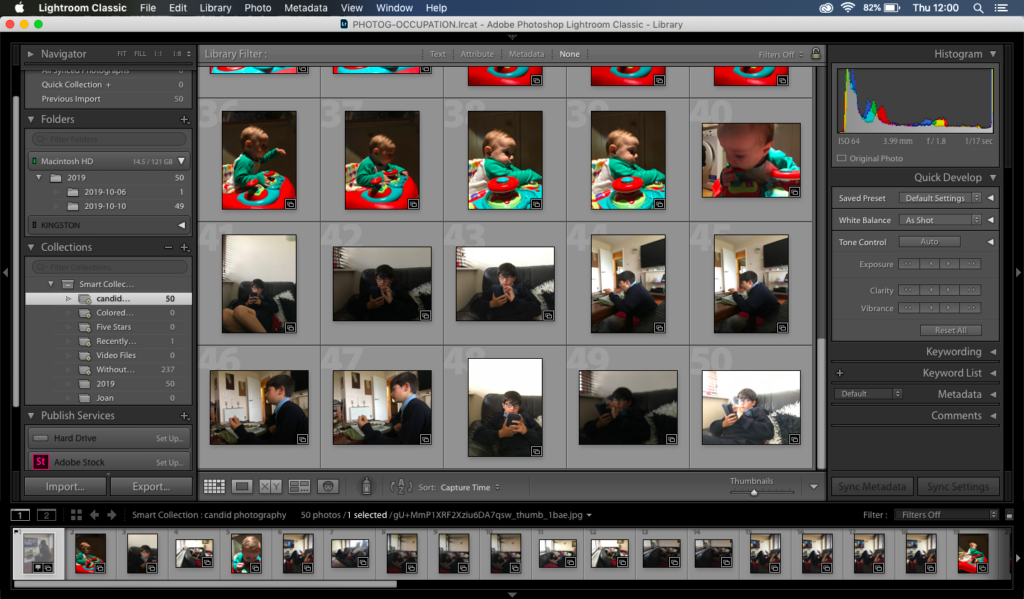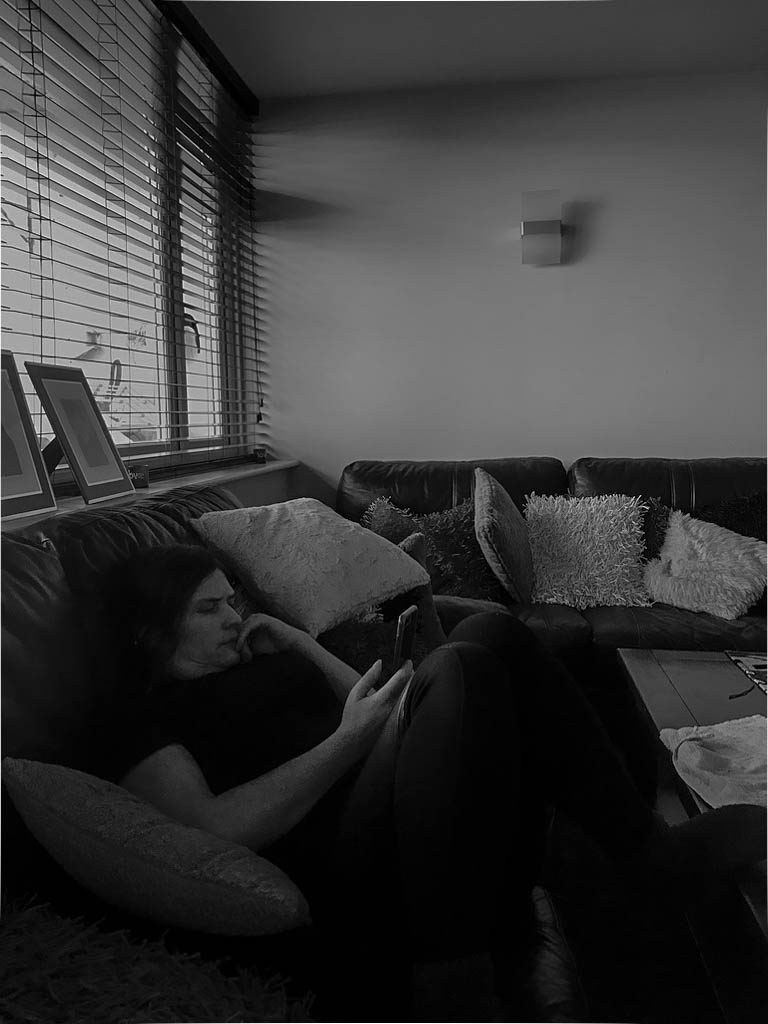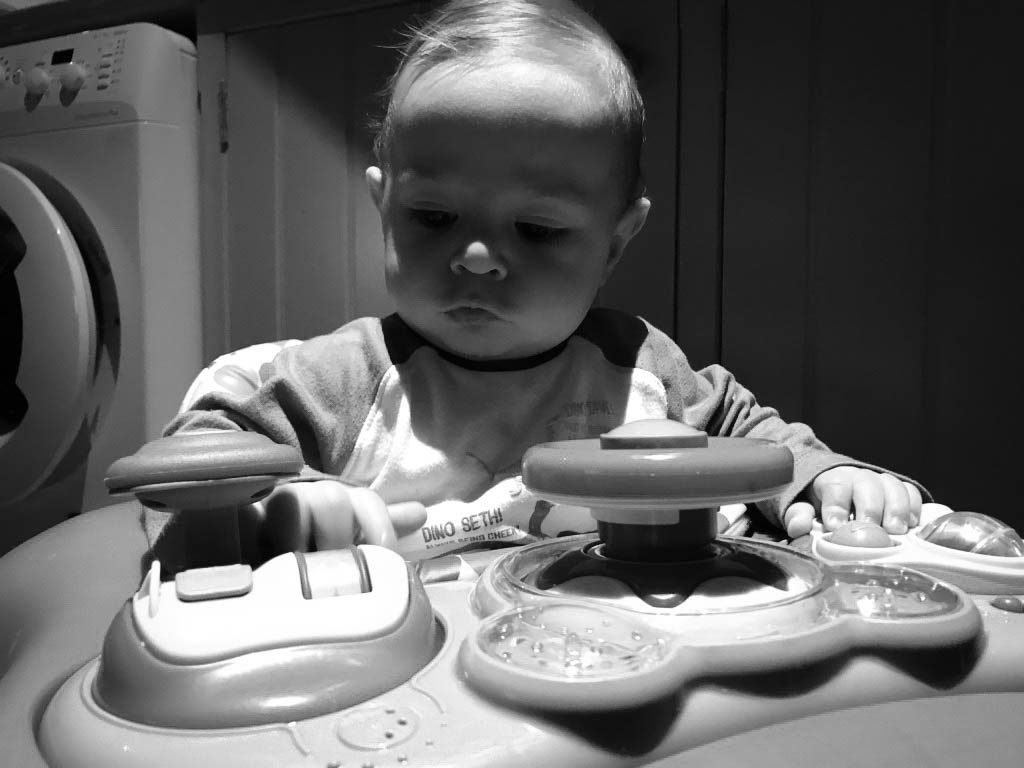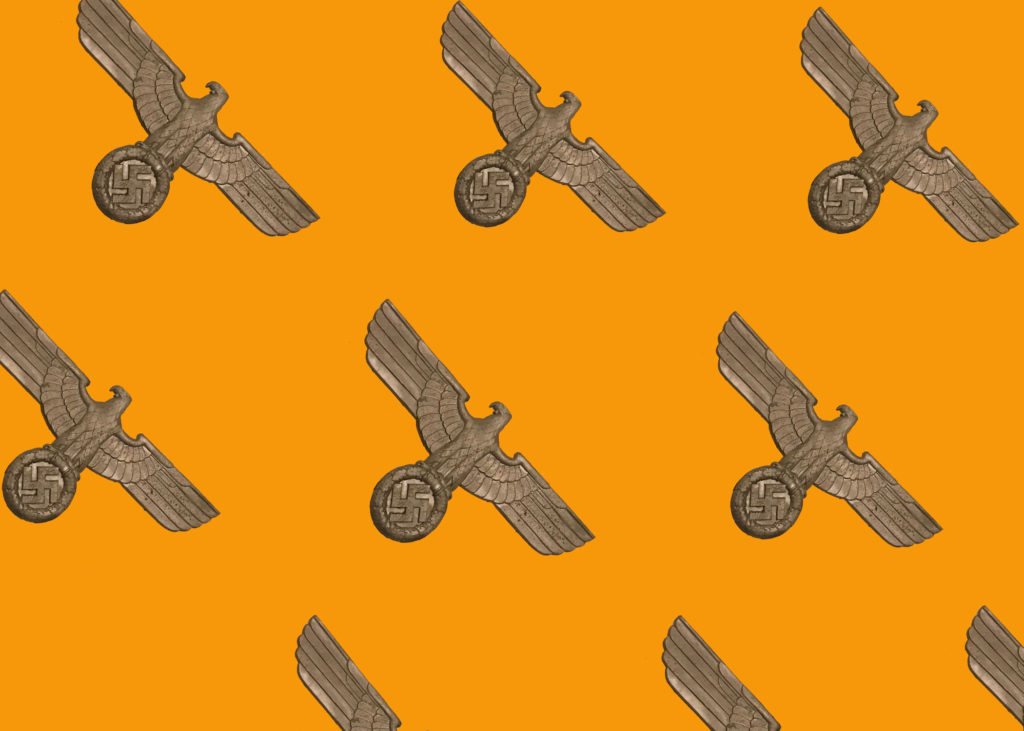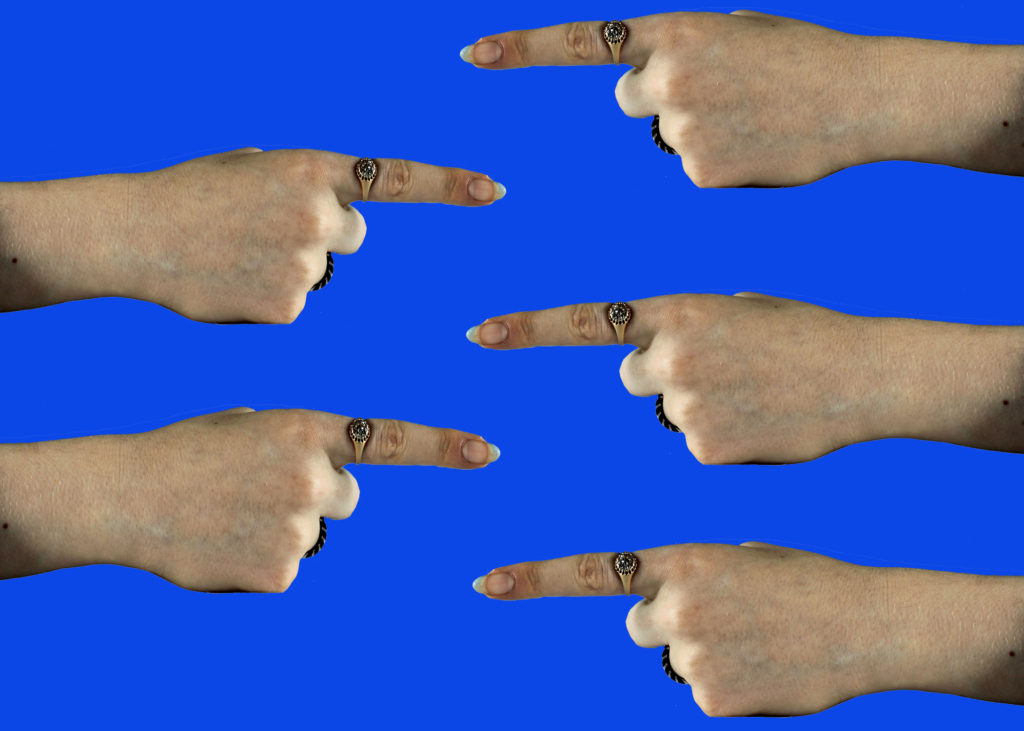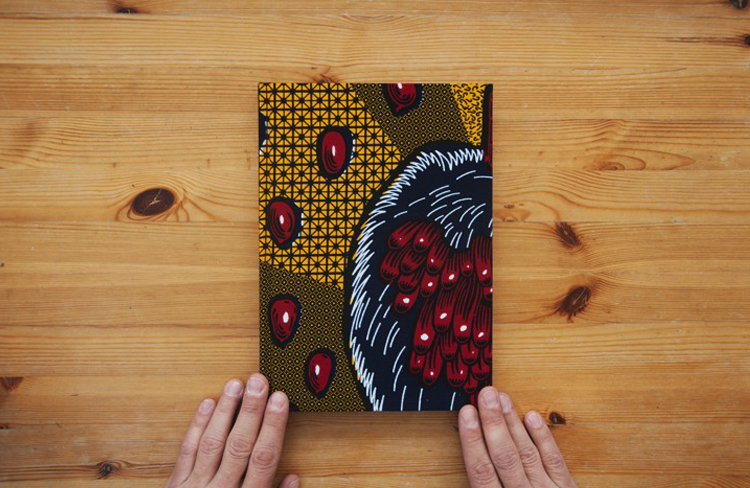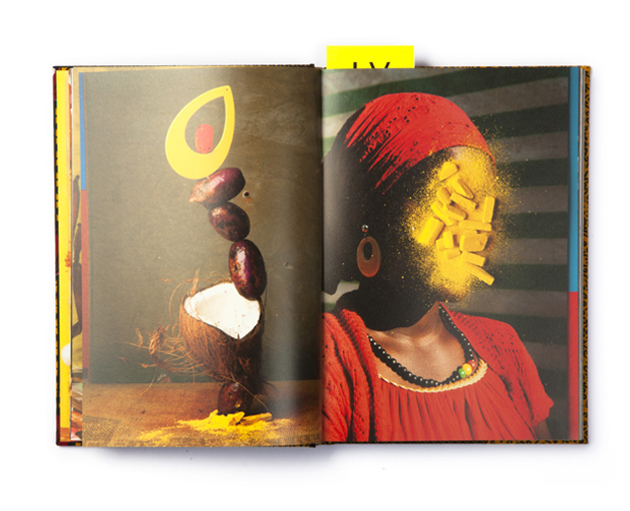PHOTO SHOOT PLANNING:
WHERE: In order to take these images in a professional setting we utilized the studio and various other equipment in order to take the images. We used a three point lighting system in order to illuminate the still life table.
WHAT: We used a variety of war items and memorabilia and set them up as still life n order to capture them and continue our occupation vs liberation topic.
WHY: In order to be more technically skilled in terms of lighting set ups and using the camera. We were able to learn a variety of things such as how to set up a horizontal tripod, the use of a flash transmitter and how to illuminate a professional still life table.
HOW: In order to create these images, we used various types of equipment and professional still life photography set ups. The most notable thing we used was the transmitter in order to set of the flash whilst photographing.
SUCCESSFUL IMAGES:
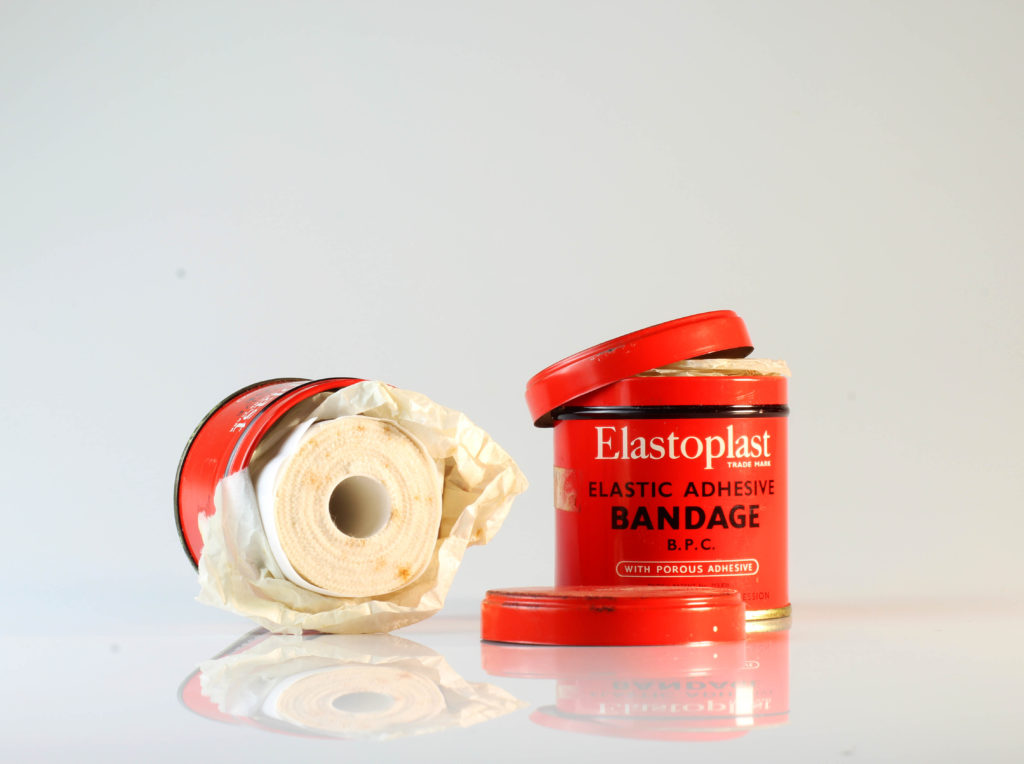
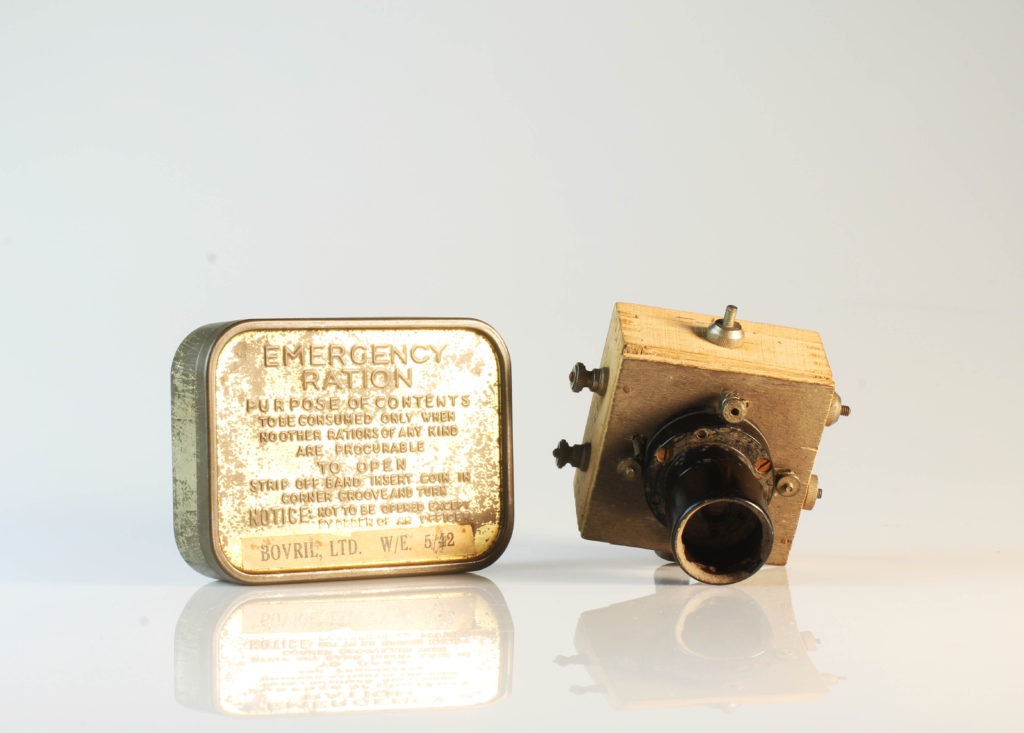
STILL LIFE STUDIO SET UP:
Much like the set up below, we used a professional still life table and three lights in order to illuminate the images. The perspex table was able to give us a very even and smooth surface on which to capture the images on. This was essential as the focal point of the image should always be the items, explaining why in classical still life, black or extremely dark backdrops are used in order to put all focus on the objects. A combination of three lights was used in rotation to illuminate the images and a tripod with a flash trigger was used in order to get precise and consistent images through out the photo shoot.

IMAGE ANALYSIS:
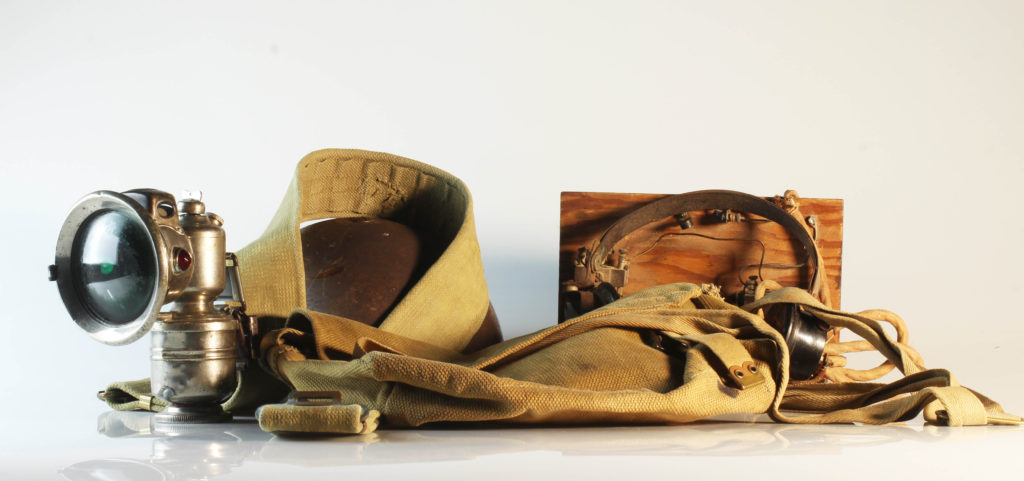
VISUAL:
In terms of the visual aspects of the image , there are a variety of different things going on. Firstly, the lightning set up means that there are different strengths and tones of light going on within the photo. Coming from the left hand side of the image, the light is fairly neutral in tone and much more powerful than the light coming from the right hand side of the image as can be judged by the white background. The light coming from the right hand side of the image on the other hand is much more warmed tone and dull. The composition of the image is also interesting as it is quite horizontally spaced, meaning that during the editing process, the most appropriate thing to do was to crop it so that it is almost within the proportions of a panoramic image. The items which I chose to use within the composition are also quite effective as they work together cohesively due to the fact that they come from the same time period. One of my favourite aspects f the mage is the bike light on the left hand side of the image and the powerful reflection which can be seen on the glass, overall it gives the object a lot of dimension and depth that makes it the focal point of the image. Another successful aspect of the image is the colour scheme as all the items fall within a grey/brow colour palette making them work together harmoniously. Overall the composition and image are a good response to classical still life, yet the crucial aspect of chiaroscuro lighting is missing rom the image as we used a 3 point lighting set up.
TECHNICAL;
In terms of the technical aspects of the image, the was one of the most technically challenging shoots which I have done to date due to the various professional aspects which had to be taken into account. Firstly, in order to sufficiently illuminate the image, we used a 3 point lighting set up in order to do so, using a a primary, secondary and fill light in order to do so. Yet we often found that the fill light was making the image over exposed so for the majority of the time we did not even use this lighting set up. As we wanted very high quality images for the outcome, we used a fixed lens in order to shoot the photos, this meant that if we wanted to zoom into the composition, we physically needed to move the camera. Another piece of equipment which was essential for this shoot was a tripod which we used in order to get the most accurate and crisp images as possible as it prevented the occurrence of motion blur. Another precaution which we took in order to avoid this was the use of a trigger, this allowed us to take the image without actually physically touching the camera. The table with we set the composition up on was actually a professional still life table intended for this one purpose. The most notable aspect of it was the large curve which extended upwards, this makes the backdrop continuous and undisturbed, very similar to an infinity screen. One downside which I found whilst working with this was the fact that the surface was made out of a very reflective plastic which meant that the backdrop wasn’t even, as small reflections of light could be seen which have to be edited out later.
CONTEXTUAL:
Still life has always been about more than fruit and flowers arranged on tables. The French word for the genre – nature morte – references mortality, a nod to the brevity of even the most luxurious of lives. Still life images at their best illicit a response on both a visual and an intellectual level – both examining the principles of arrangement and aesthetic taste, and asking questions about commodity-based status, the everyday, and life and death. They take the ordinary and make it extraordinary. Everyday objects morphed into high art.With any genre rooted in such tradition though, it takes special work to push it in new and interesting directions – for the work to feel fresh and exciting, rather than just referential and appropriated. An aesthetic document is one thing, but what does a modern still life communicate that we don’t already know, that photographers weren’t already exploring almost a century ago?
CONCEPTUAL:
The main thing which we tried to achieve with this photo shoot was to learn about the formalities of still life and extend our knowledge within the studio and different lighting set ups. It was critical that we learn about different artistic imagery, even if it is not formally related to modern day photography. Still life as a whole can be categorised within a classical genre which is essential if we are wanting to explore a variety of photography styles as a large chunk of history was spent perfecting the technique in which to visualise objects.
CONTACT SHEETS:

